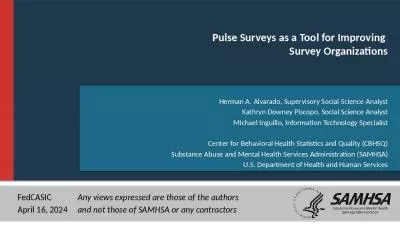PPT-Writing ODK Surveys in XLSFORM
Author : debby-jeon | Published Date : 2017-07-07
Dr Michael Marks London School of Hygiene amp Tropical Medicine opendatakitlshtmacuk odklshtmacuk Writing a survey We write surveys in EXCEL We use XLS Form Offline
Presentation Embed Code
Download Presentation
Download Presentation The PPT/PDF document "Writing ODK Surveys in XLSFORM" is the property of its rightful owner. Permission is granted to download and print the materials on this website for personal, non-commercial use only, and to display it on your personal computer provided you do not modify the materials and that you retain all copyright notices contained in the materials. By downloading content from our website, you accept the terms of this agreement.
Writing ODK Surveys in XLSFORM: Transcript
Download Rules Of Document
"Writing ODK Surveys in XLSFORM"The content belongs to its owner. You may download and print it for personal use, without modification, and keep all copyright notices. By downloading, you agree to these terms.
Related Documents


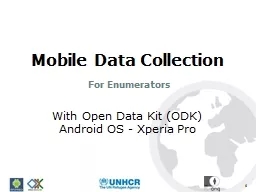
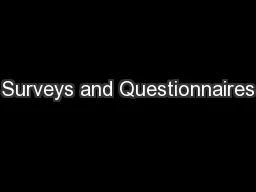
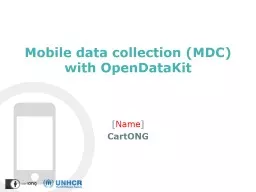
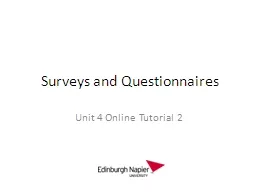



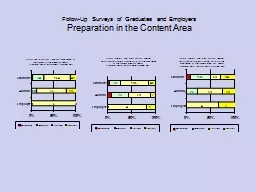

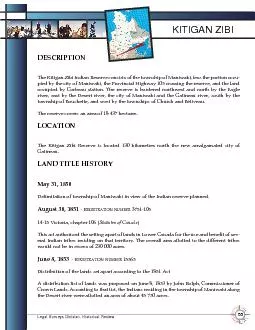
![[READ] - 180 Days of Writing for Fifth Grade - An Easy-to-Use Fifth Grade Writing Workbook](https://thumbs.docslides.com/901394/read-180-days-of-writing-for-fifth-grade-an-easy-to-use-fifth-grade-writing-workbook-to-practice-and-improve-writing-skills.jpg)
![[EBOOK] - 180 Days of Writing for First Grade - An Easy-to-Use First Grade Writing Workbook](https://thumbs.docslides.com/901798/ebook-180-days-of-writing-for-first-grade-an-easy-to-use-first-grade-writing-workbook-to-practice-and-improve-writing-skills.jpg)
